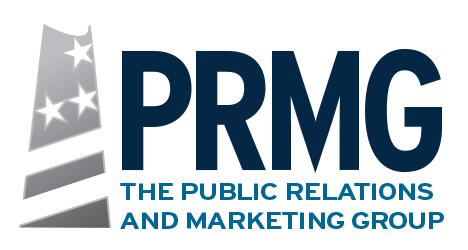A press release is a form of written communication that is meant to bridge the gap between an organization and the media. They are meant to announce newsworthy stories, special events, upcoming promotions or contests and any other interesting and timely content. Using the information from press releases, members of the media can then choose whether to publicize the story. When written and distributed properly, press releases will attract the attention of members of the media and encourage positive publicity for your organization.
Press releases are a vital component of any organization’s public relations and communications efforts. This article will provide you with five essential tips for writing effective press releases.
- Start with a Captivating Title — The title and first paragraph of your press release are two of the most important elements. Since most newsrooms receive dozens of press releases a day, including a strong title and opening paragraph can help yours stand out. When crafting a title and subject line, decide on something that is newsworthy, informative and straight to the point. Your title should hook the reader as quickly as possible and give them a reason to invest their time into reading the rest of the content. Also, make sure that your opening paragraph includes the essential five W’s: Who, What, Where, When and Why.
- Don’t Oversell — The goal of a press release is to educate your audience about a newsworthy event, person or organization, not to overtly advertise and promote the product or service. This can damage your credibility. Be honest when presenting the information to your audience and let them decide what to make of it. The content or news that you’ve highlighted in your press release should be able to sell itself.
- Be Concise — Never ramble on just for the sake of having your press release appear longer. Ideally, press releases should be one page in length. Since the goal of a press release is to spark the interest of reporters, you don’t want to bore them with a text-heavy piece. Include only what is necessary to the story and do so in a concise, well-written manner. Visually, your press release should also be easy to read. Choose a simple, clear font and an appropriate size and line spacing.
- Include Contact Information — What’s the use of a press release if it fails to provide a clear way to get in touch? Always include an accurate business name, phone number, fax number, mailing address, email address and any other information for the public relations contact person or agency.
- Proofread All Content before Publication — Take the time to proofread and fact-check all content that your business publishes, most importantly press releases. Before you send your press release out, check for grammatical or spelling errors and make sure that all numbers, facts and names are correct. For more information on the importance of proofreading and flawless writing, please read our series of articles, “Proofreading — The First in a Series of Three Articles,” “Write Like You Mean It: 5 Ways to Use Better Grammar” and “Words Mean Things: 5 Tips to Avoid Spelling Errors.”
For more information about effective press releases, please contact The Public Relations and Marketing Group at (631) 207-1057 or johnzaher@theprmg.com. You can also visit our blog for more valuable articles, advertising spotlights and more.






